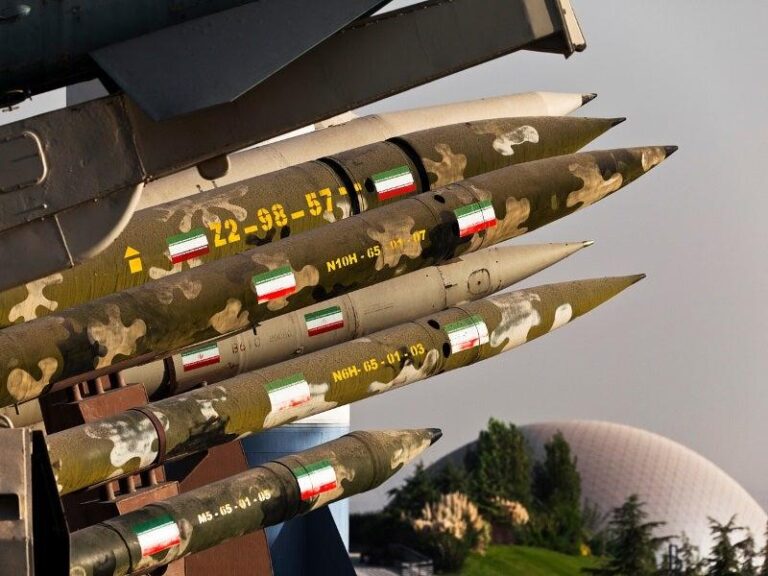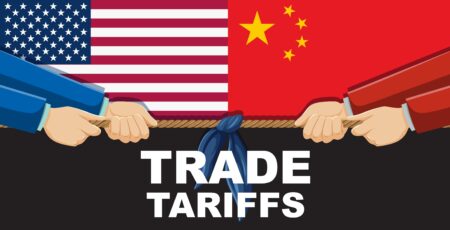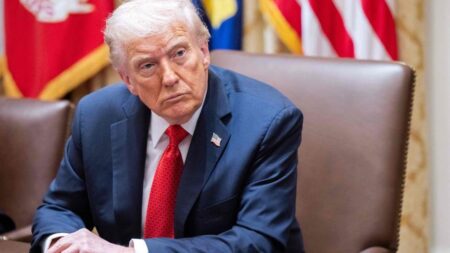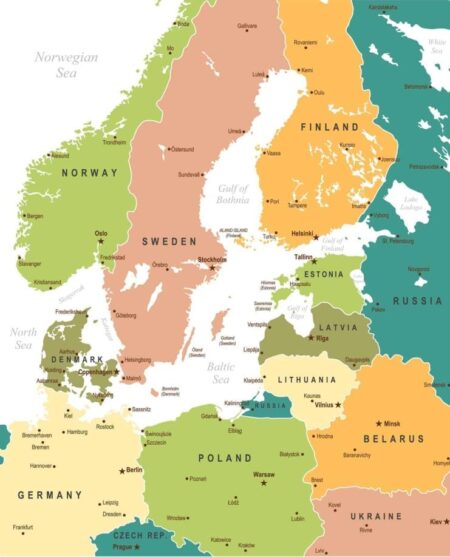In the aftermath of escalating tensions and conflict with Israel, Iran is recalibrating its strategic alliances in a bid to secure advanced weaponry. According to recent reports, Tehran is shifting its focus from Russia to China as its primary military supplier, signaling a significant realignment in the geopolitical landscape of the Middle East. This move underscores Iran’s urgent quest to replenish and modernize its arsenal amid ongoing regional instability and international sanctions.
Iran Shifts Military Alliances Seeking Advanced Chinese Weaponry Amid Regional Conflicts
Amid escalating tensions and recent clashes in the Middle East, Tehran appears to be recalibrating its defense partnerships, increasingly turning towards Beijing for cutting-edge military technology. This strategic reorientation follows challenges faced in arms procurement from traditional allies like Russia, which has become entangled in its own geopolitical struggles. Iran’s leadership now sees China not only as a supplier of sophisticated weapon systems but also as a reliable partner capable of circumventing Western sanctions and export restrictions.
The shift is characterized by a series of negotiations reportedly underway, focusing on the acquisition of:
- Advanced drone technology with extended operational ranges
- Next-generation surface-to-air missile systems
- Stealth naval vessels designed for regional power projection
| Weapon Type | Previous Supplier | Potential Chinese Model | Key Advantage |
|---|---|---|---|
| UAV Drones | Russia | CH-5 Rainbow | Extended flight endurance |
| Air Defense | Russia | HQ-9 | Improved radar capabilities |
| Naval Craft | Domestic | Type 056 Corvette | Stealth and speed |
Implications of Iran’s Defense Realignment for Middle East Power Dynamics
Iran’s shift away from Russia toward China for advanced military technology signals a significant recalibration in the Middle East’s geopolitical landscape. This pivot alters the traditional balance of power, especially as Tehran seeks to bolster its conventional and asymmetric warfare capabilities following recent escalations with Israel. China’s willingness to supply Tehran with cutting-edge weaponry and surveillance systems is reshaping alliances, potentially diminishing Russian influence in the region. Moreover, Tehran’s enhanced access to Chinese defense resources could embolden its regional proxies, intensifying security challenges for neighboring states.
The implications extend beyond mere arms transfers, impacting diplomatic and economic spheres. Regional actors are recalibrating their strategies to account for a Tehran- Beijing axis that combines Chinese economic heft with Iranian geopolitical ambition. Key shifts include:
- New military doctrines: Integration of Chinese technology could modernize Iranian forces.
- Stronger regional alliances: Iran’s proxies may receive upgraded capabilities, shifting power toward Tehran.
- Diplomatic balancing act: Gulf states and Israel may seek deeper security ties with Washington and European partners to counterbalance.
| Country | Role in Realignment | Potential Outcome |
|---|---|---|
| Iran | Seeking advanced Chinese arms & technology | Increased military capability & regional influence |
| China | Supplier and strategic partner | Expanded Middle East foothold |
| Russia | Losing influence as Iran shifts to China | Diminished role in Middle Eastern geopolitics |
| Gulf States & Israel | Adjusting security partnerships | Strengthened ties with Western allies; potential arms race |
Strategic Recommendations for Monitoring Iran China Arms Cooperation
To effectively track the evolving defense partnership between Iran and China, intelligence and defense agencies must adopt a multi-layered approach that prioritizes real-time data gathering and cross-agency collaboration. This involves leveraging satellite imagery to monitor suspicious shipments and manufacturing activities at key supply hubs. Additionally, cybersecurity efforts should focus on intercepting digital communication channels where procurement negotiations or technology transfers may take place. Establishing dedicated task forces with expertise in Chinese defense exports and Iranian military infrastructure will also be critical for anticipatory threat assessment.
A strategic framework should emphasize the following key actions:
- Enhanced Open Source Intelligence (OSINT): Monitor Chinese defense industry announcements and Iranian procurement patterns via media and trade publications.
- Regional Intelligence Sharing: Foster stronger ties with Middle Eastern partners to gather ground-level insights and early warnings.
- Sanctions and Export Controls: Refine targeted sanctions to disrupt supply chains linked to dual-use components critical in arms manufacture.
| Monitoring Method | Primary Focus | Expected Outcome | |
|---|---|---|---|
| Satellite Reconnaissance | Port Activity & Weapon Storage | Detect shipment routes and storage expansions | |
| Cyber Surveillance | Procurement Communication Networks | Intercept strategic transfers or deals | |
| Monitoring Method |
Primary Focus |
Expected Outcome |
|
| Satellite Reconnaissance | Port Activity & Weapon Storage | Detect shipment routes and storage expansions | |
| Cyber Surveillance | Procurement Communication Networks | Intercept strategic transfers or deals | |
| Open Source Intelligence (OSINT) | Media, Trade Publications & Official Announcements | Identify new procurement patterns and policy shifts | |
| Regional Intelligence Sharing | Ground-Level Insights from Middle Eastern Partners | Early warnings on shipments and operational changes | |
| Sanctions Enforcement Monitoring | Dual-Use Technology Supply Chains | Concluding Remarks
As Iran recalibrates its strategic alliances in the wake of escalating regional tensions, its turn from Russia toward China underscores a significant shift in the global arms landscape. This evolving partnership not only reflects Tehran’s determination to diversify its military suppliers but also highlights broader geopolitical realignments in the Middle East. Observers will be closely monitoring how this pivot influences the balance of power in the region and the international community’s response to Iran’s quest for advanced weaponry amid ongoing conflicts. |




